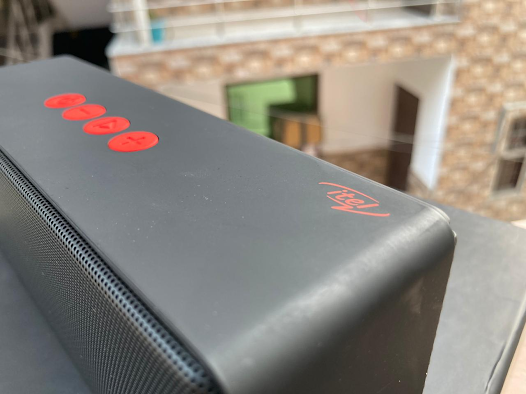How Do Bluetooth Speakers Work
In recent years, Bluetooth connectivity has become more and more prevalent in our everyday lives and how we listen to audio (through speakers and headphones). You may have wondered how exactly your Bluetooth speaker works, and by reading this article, you’ll find out.
How
do Bluetooth speakers work?
Bluetooth
speakers receive digital audio wirelessly via the Bluetooth protocol when
paired with Bluetooth-enabled digital audio devices. BT speakers accept digital
audio via BT wireless transmission; convert it analog audio; amplify it, and
convert it into sound just as regular speakers would.
This
article was written to help you understand how Bluetooth speakers work and how
they connect wirelessly. We’ll dive deeper into Bluetooth speaker functionality
and go through several BT speaker examples to further our comprehension. On top
of that, we’ll also list out the steps required to connect (pair) our Bluetooth
speakers to our other Bluetooth devices.
Primer
On How Speakers Work : Before getting into the substance of this article, let’s
quickly go over how speakers work.When it comes down to design, Bluetooth
speakers are really no different than most other active speakers (with built-in
amplifiers). The big difference is the wireless transfer of audio via Bluetooth
rather than the typical wired connection (or other wireless methods). The main purpose of a loudspeaker is to act
as a transducer that converts electrical energy (audio signals) into mechanical
wave energy (sound waves). This is true regardless of if the speaker is wired
or wireless.
The
transducer element of a speaker is called the driver. Speakers may have many
other components (enclosures, crossovers, amplifiers, etc.), but the driver(s)
are the key transducer components that turn audio signals into sound waves.
Every
loudspeaker works upon this function: an analog audio signal (alternating
current) passes through the driver and causes proportional movement in the
driver’s diaphragm.
The
diaphragm movement pushes and pulls the air around it and effectively produces
sound waves that mimic the form of the AC voltage of the audio signal. This critical action in speaker design is
required regardless of the speaker type, the number of drivers, crossover
network, enclosure and form factor, how it receives its signal (wired or
wireless), or any other specifications that differentiate one loudspeaker from
another. The overwhelming majority of
loudspeaker drivers are electrodynamic (otherwise known as “dynamic” or “moving-coil
dynamic”).
Bluetooth
profiles determine the kind of data that is exchanged using Bluetooth
technology. For two Bluetooth devices to
be compatible, they must support the same profiles. These profiles allow for
each of the applications mentioned above.
The profile that sends audio to Bluetooth speakers
(and headphones), for example, is the high-quality audio A2DP transmission
profile. This profile has its own codecs to transmit audio signals wirelessly
properly.




Comments
Post a Comment